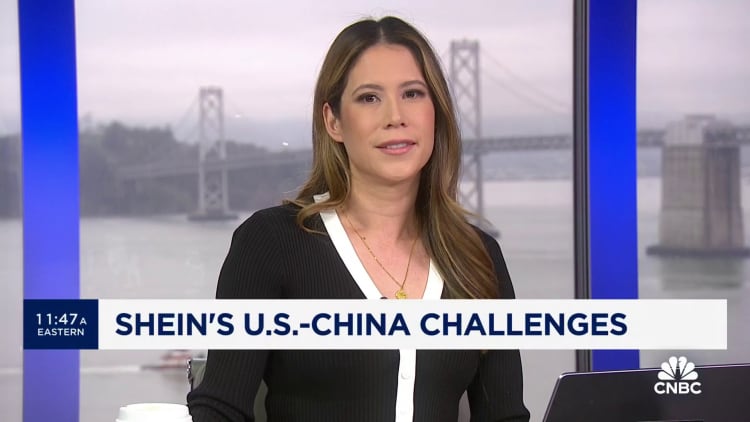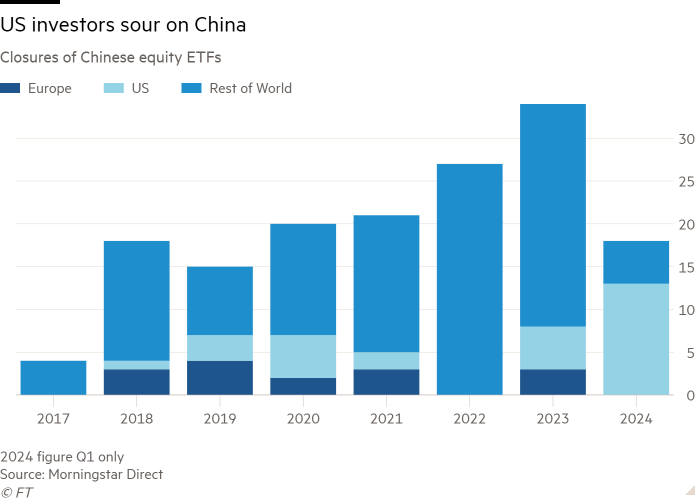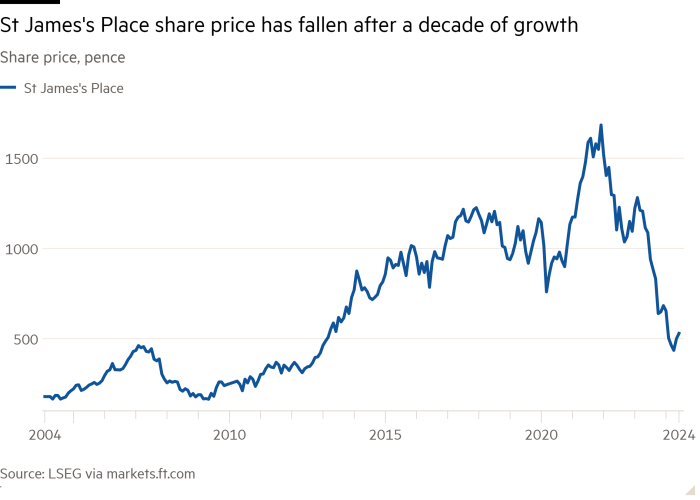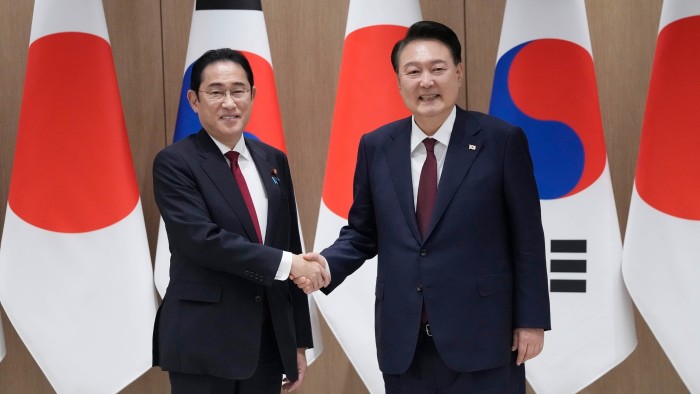Adi and Rudi Dassler made sports shoes together – until a feud erupted between them. They set up competing companies, Adidas and Puma, and their bitter rivalry divided the sporting world, their family and even the inhabitants of their home town.
The Dassler clan turned bickering into an art form – even drawing the likes of soccer legend Pele into their dispute. But did the brilliant fires of hatred produce two world-class companies, or was it a needless distraction from the Dasslers’ love for their craft?
Further reading
We learned about the history of Puma and Adidas from the books Sneaker Wars, by Barbara Smit, and The Puma Story by Rolf-Herbert Peters. Additional details on the feud between the brothers and their companies, and on life in Herzogenaurach, came from articles in outlets such as Business Insider, DW, The Guardian, CNBC, Worldcrunch and The Wall Street Journal.
For a review of the evidence linking purpose and productivity at work, see Igniting individual purpose in times of crisis, published in McKinsey Quarterly. The survey of workers including the stonemason is detailed in What Makes Work Meaningful — Or Meaningless, published in the MIT Sloan Management Review.





